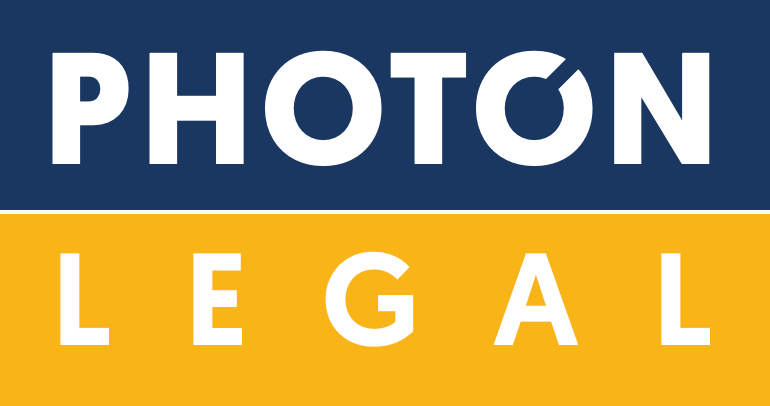Introduction
Have you ever tasted a delicious dish and wondered if the recipe could be patented? The idea of patenting a recipe may seem unusual, but it’s not entirely unheard of. In fact, many famous food products have been patented, such as Coca-Cola’s secret formula and the method for making Reese’s Peanut Butter Cups. But is it really possible to patent a recipe? In this blog, we’ll dive into the world of recipe patents and explore the legal and practical considerations involved in securing one. So, if you’re curious about protecting your culinary creations, keep reading to find out if can you patent a recipe.
The evolution of recipe patent law:
In the US, recipe patents were first officially recognized in the Patent Act of 1952, which expanded the definition of patentable subject matter to include “any new and useful process, machine, manufacture, or composition of matter”. The first recorded recipe patent in the United States was granted in 1790 for a process of making potash, a key ingredient in soap and glass production.
However, recipe patents have always been subject to higher scrutiny than other types of patents, due to concerns about overlap with copyright and trade secret law.
In recent years, the US Patent and Trademark Office has become more restrictive in granting recipe patents, particularly in cases where the recipe is already widely available or the patent claims are overly broad.
Notable examples of patented recipes:
Coca-Cola’s secret formula is perhaps the most famous example of a patented recipe. The formula has been closely guarded by the company for over a century, and only a handful of executives are said to know the complete recipe.
Another famous example is the method for making Reese’s Peanut Butter Cups, which was patented by the Hershey Company in 1963. The patent covers the specific process of combining peanut butter and chocolate in a particular way to achieve the signature flavor and texture of the candy.
More recently, a number of chefs and food companies have attempted to patent their recipes, with varying degrees of success. In 2008, the molecular gastronomy pioneer Ferran Adria patented a method for making foam with a specific texture and flavor. And in 2016, the Chicago-based chain Portillo patented the recipe for its chocolate cake.
Patenting a Recipe in the United States
In the United States, the patentability of a recipe is primarily determined by the requirements of novelty, non-obviousness, and usefulness. A recipe that meets these criteria may be eligible for a patent. However, it is important to note that not all recipes are eligible for patent protection.
Novelty
In order for a recipe to be considered novel, it must not have been previously disclosed or made available to the public. This means that the recipe must be original and not be disclosed through publications, public use, or sale.
Non-obviousness
A recipe must also be non-obvious to a person having ordinary skills in the relevant field of art. This means that the recipe must not be an obvious variation of an existing recipe.
Usefulness
A recipe must have a practical application and be useful to be eligible for a patent. In other words, it must be capable of producing a tangible result or product.
In addition to these requirements, there are some limitations to patenting recipes. For example, recipes that are purely functional or based on natural phenomena, such as the taste of food, are not eligible for patent protection. Additionally, a recipe that is a mere listing of ingredients without specific instructions or proportions may not be eligible for patent protection.
In order to apply for a patent on a recipe in the US, an applicant must file a patent application with the United States Patent and Trademark Office (USPTO). The application must include a detailed description of the recipe, including its ingredients, proportions, and cooking instructions. The application must also include claims that define the scope of the invention and distinguish it from prior art.
Once a patent application is filed, it will be subject to examination by a patent examiner at the USPTO. The examiner will review the application to ensure that the recipe meets the requirements of novelty, non-obviousness, and usefulness. If the examiner determines that the recipe is eligible for patent protection, the applicant will be granted a patent, which provides the right to exclude others from making, using, selling, or importing the recipe for a period of 20 years from the date of filing.
Can you patent a recipe in India?
In India, the Patents Act, of 1970 governs patent law and provides similar provisions for the patentability of inventions. Similar to the US, the invention must be new, non-obvious, and useful to be eligible for patent protection. However, the patentability of recipes in India is subject to certain limitations and considerations.
Section 3 of the Indian Patents Act specifies what inventions are not patentable. It states that mere discovery of a scientific principle or formulation of an abstract theory, a discovery of any living thing or non-living substance occurring in nature, and a mere discovery of a new property or a new use for a known substance or composition are not patentable.
Based on these provisions, it can be argued that recipes are not eligible for patent protection in India because they are mere formulations of abstract theories and do not qualify as a new substance or composition. However, there have been some cases where recipes have been granted patents in India.
For example, in 2012, a patent was granted for a method of producing the traditional Indian sweet, ‘Rasgulla’. The patent covered the process of making the sweet using a particular combination of ingredients and steps. However, this patent was later revoked after it was challenged in court.
In 2018, another patent was granted for a process of preparing a herbal composition for treating diabetes. This patent covered the use of a specific combination of herbal extracts and their preparation method. However, this patent was also challenged and revoked by the Indian Patent Office.
Conclusion:
In conclusion, patenting a recipe is a complex issue that requires a thorough understanding of patent law and intellectual property rights. While the United States allows for the patenting of recipes that meet the requirements of novelty, non-obviousness, and usefulness, India has stricter limitations on what inventions are patentable.
In both countries, the patentability of recipes is subject to scrutiny and is highly dependent on the specific facts and circumstances of each case. While some recipes may be eligible for patent protection, they must demonstrate significant innovation and usefulness and must not fall under the exclusions mentioned in the patent laws of the respective countries.
We at Photon Legal have an experienced team of patent experts who can expedite the patent granting process in India and US by providing thorough analysis, strategic guidance, and efficient handling of paperwork, ensuring your innovations receive the fastest possible patent protection.
Read more blogs: “Movement Against Online Counterfeits”


